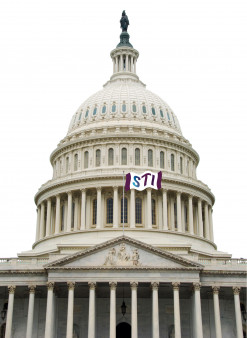Earlier this year, the Department of Health and Human Services (HHS) released the STI Federal Implementation Plan to detail how various agencies and departments across the federal government are taking a comprehensive approach to sexually transmitted infections (STIs). This new plan builds on other key HHS actions.
STIs rose dramatically between 2020 and 2021, with more than 2.5 million cases of chlamydia, gonorrhea and syphilis reported in the United States. In 2021, the Centers for Disease Control and Prevention reported:
- A 4.1% increase in chlamydia from 2020, with 1.6 million cases in 2021;
- More than 700,000 cases of gonorrhea, which increased 28% since 2017;
- A 74% increase in all stages of syphilis since 2017, with 176,000 cases in 2021;
- A 203% increase in congenital syphilis in the last five years.
When left untreated, STIs can lead to long-term, irreversible health issues, such as chronic pelvic pain, infertility and, in some cases, cancer. STIs can also increase a person’s risk of getting or transmitting HIV.
The STI Federal Implementation Plan highlights more than 200 actions federal stakeholders will take to achieve its five goals:
Goal 1: Prevent new STIs;
Goal 2: Improve the health of people by reducing adverse outcomes of STIs;
Goal 3: Accelerate progress in STI research, technology and innovation;
Goal 4: Reduce STI-related health disparities and health inequities;
Goal 5: Achieve integrated, coordinated efforts that address the STI epidemic.
With the release of its STI plan, HHS will continue to build on the work laid out in the STI National Strategic Plan. Through coordinated efforts, HHS will work with communities who are underserved and disproportionately affected to prevent STIs and improve access to care, while also advancing health equity. HHS will also measure targets on indicators to track progress through 2030.







Comments
Comments